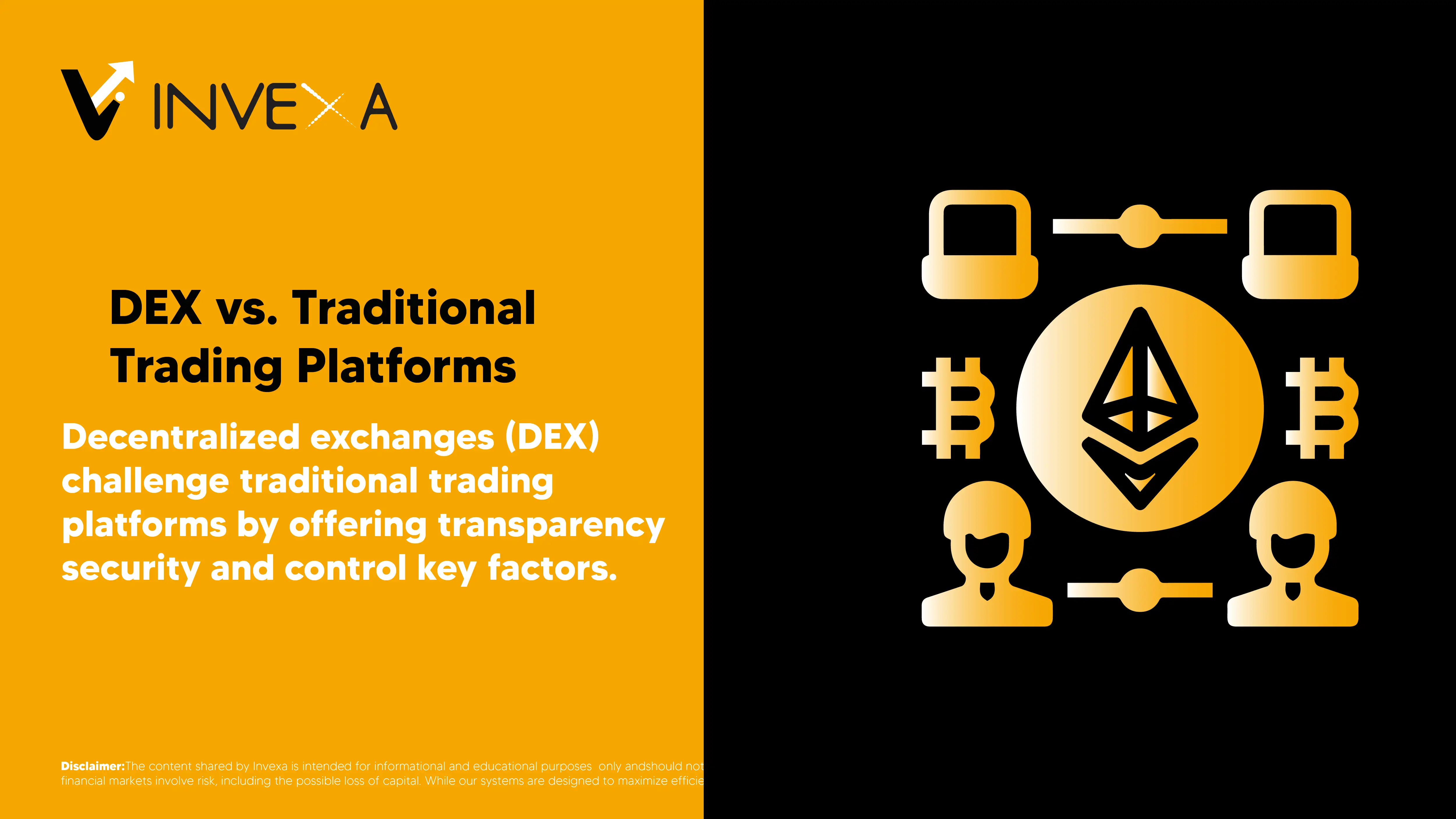
Compare DEXs vs traditional trading platforms. Discover key differences in liquidity fees transparency and automation for smarter investing.

Curious about the difference between decentralized exchanges and traditional trading platforms? Let’s break it down simply. DEXs run on blockchain offering peer to peer trading without middlemen. Traditional platforms rely on centralized infrastructure with order books regulated clearing and “know your customer” systems. Each has strengths and trade offs in terms of liquidity transparency fees and automation.
On a decentralized exchange, you keep custody of your assets trades happen via smart contracts and everything’s visible on chain. On a traditional trading platform your assets are custodial trades go through intermediaries and you rely on closed infrastructure. Think of it as direct access versus broker led execution.
Centralized platforms tend to offer deep liquidity tight spreads and fast execution. DEXs use automated market makers (AMMs) or order book models but may face slippage or impermanent loss, especially on low volume tokens.
DEXs excel on transparency every trade and fee is visible on the blockchain. You retain full self custody . Traditional platforms don’t offer that level of openness and custody lies with the broker.
DEXs charge network or gas fees plus platform spreads. Centralized platforms tack on trading fees withdrawal charges and sometimes commissions. Costs vary especially during network congestion.
DEXs support smart contract automation programmable trades and decentralized liquidity pools. Traditional platforms often rely on order types margin features and centralized APIs for automation.
If you value custody transparency and decentralization DEXs may suit you especially for blockchain native assets. If you prioritize liquidity sophisticated tools and regulatory protection traditional platforms may win. The best choice depends on your priorities.
Both decentralized exchanges and traditional trading platforms have a place in today’s trading ecosystem. Whether you value transparency and autonomy or liquidity and convenience understanding these differences empowers smarter intentional investing.